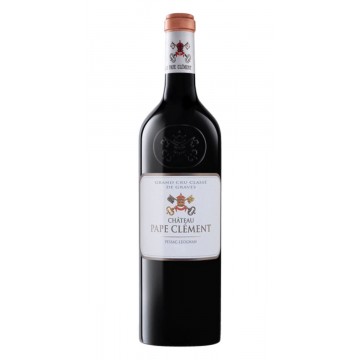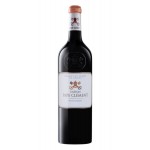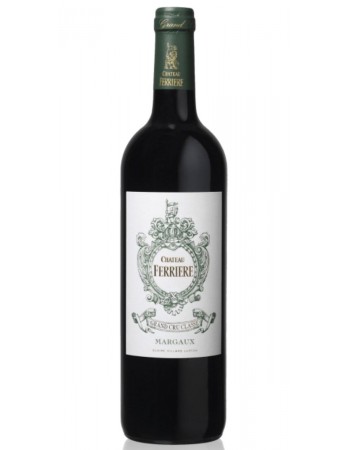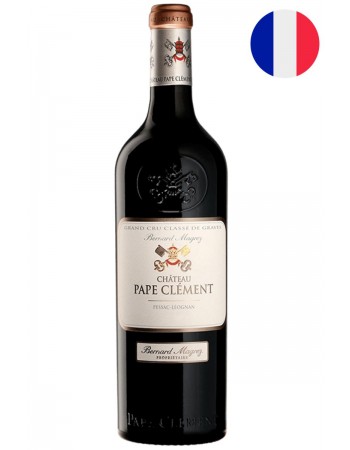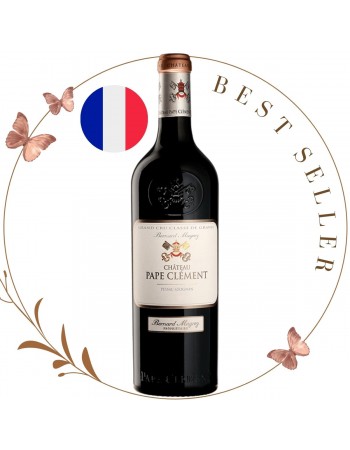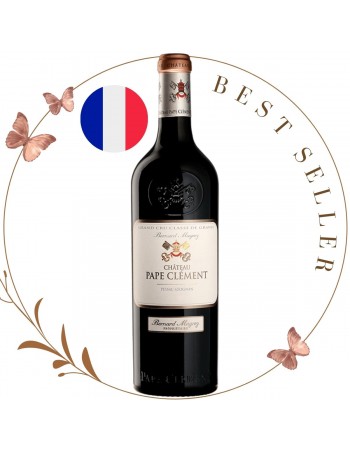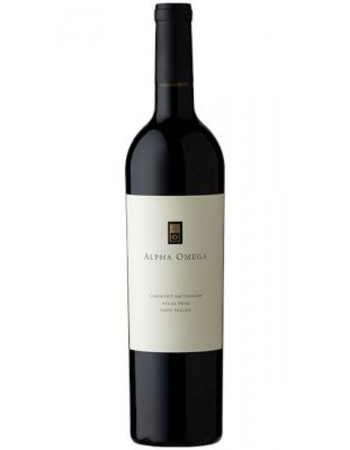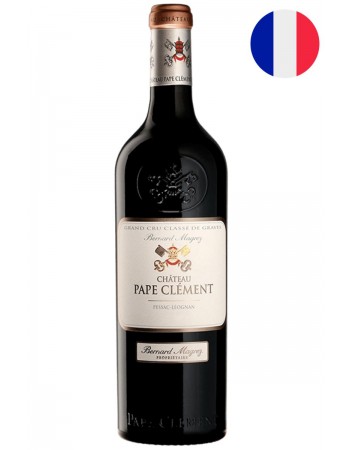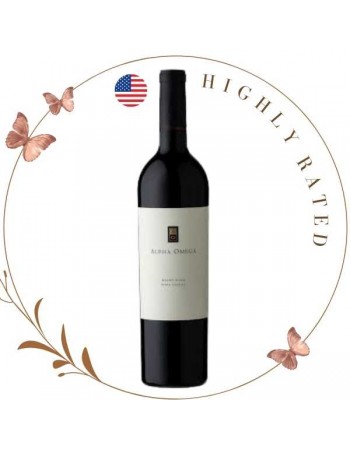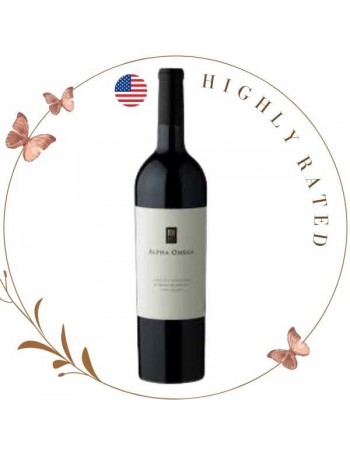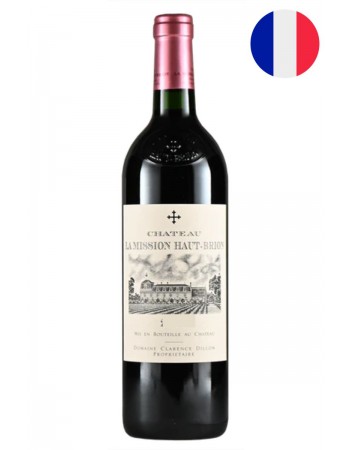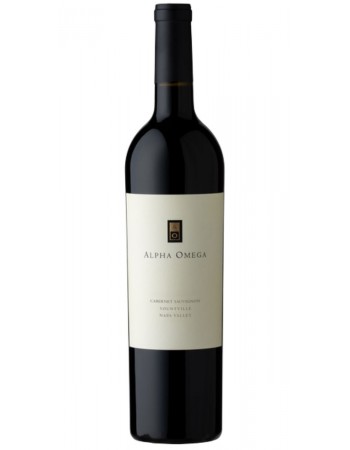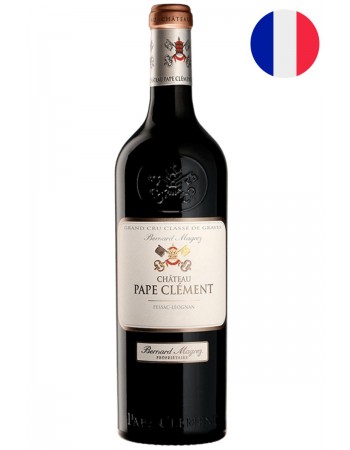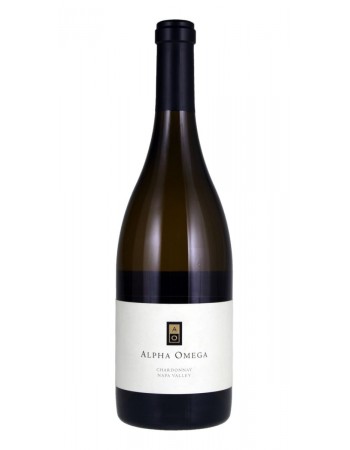2022 Chateau Pape Clement
-
S$14897
-
- 2+ for S$14597 each
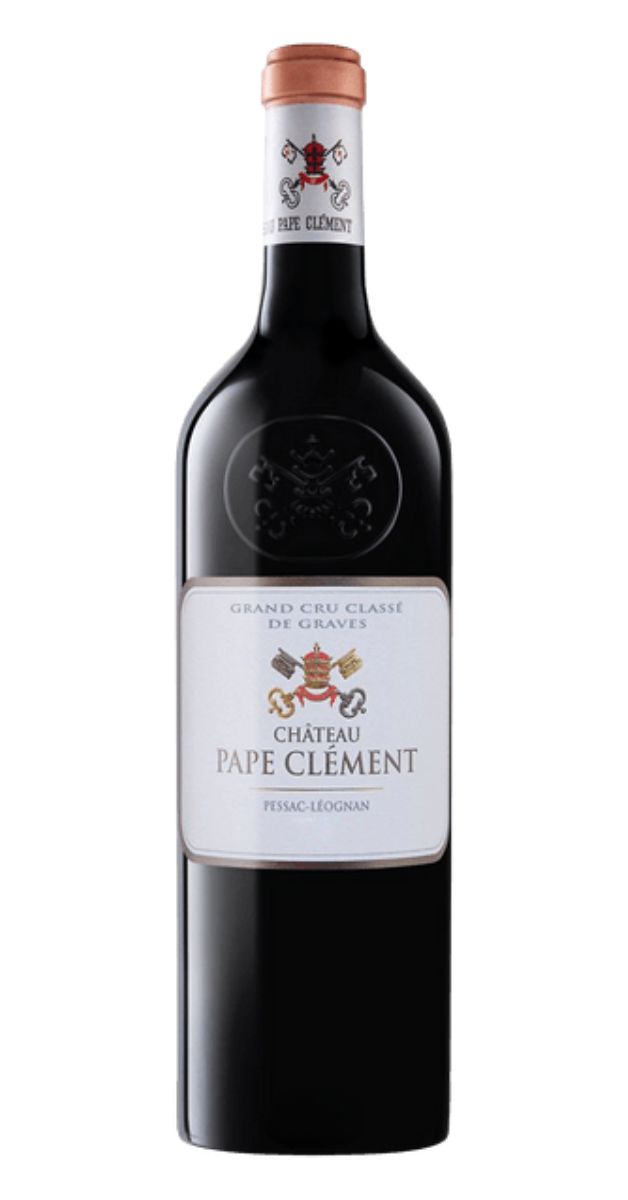
Vintage: 2022
Region: Pessac Leognan, Bordeaux
Country: France
Winemaker Notes
A full-bodied, concentrated, awesome Pessac, the 2022 Château Pape Clément offers up loads of spiced red and black fruits, some leafy tobacco, gravelly earth, and graphite aromatics, building, ripe, polished tannins, and a stacked mid-palate. Beautifully done, with remarkable purity and a great finish, it's going to rank with the crème de la crème of the vintage and is well worth seeking out.
About Winery
Origins
Chateau Pape Clément owes its name to its most illustrious owner. A man of the cloth born in 1264, Bertrand de Goth became Bishop of Comminges, in the Pyrenees Mountains, at the age of 31; he later became Archbishop of Bordeaux in 1299.
He then received as a gift the property in Pessac, the Vineyard de La Mothe. Taken by a passion for the vine, he continually took part personally in equipping, organizing and managing the domain in accordance with the most modern and rational practices. Nevertheless, on 5 June 1305 the cardinals met in a conclave in Pérouse and appointed him to succeed Pope Benedict XI, who had passed away prematurely after only eleven months of reign. Bertrand de Goth took the name of Clement V.
Supported by Philip IV, it was he who decided in 1309 to move the papal court to Avignon, thus breaking with Rome and its battles of influence. During this same period, the weight of his responsibilities led him to relinquish his property, giving it to the Archbishop of Bordeaux. Henceforward, the vineyard was to be known to posterity under the name of this enlightened pope.
The early period
Management under the clergy brings modernity The grateful Church perpetuated Pope Clement's work. Each archbishop in turn turned to modernity and technical progress, to the point of the wine estate becoming a model vineyard. In addition to especially early harvests, which remain one of its special characteristics, Chateau Pape Clément is without a doubt the first vineyard in France to align vine stock to facilitate labour.
After the Revolution
At the end of the 18th century, the Archbishop of Bordeaux was dispossessed of his property. The papal vineyard became part of the public domain.
The 20th century
8 June 1937 was a dark day in the vineyard's history, when a violent hailstorm destroyed virtually the entirety of the estate. Two years later, Paul Montagne bought it and gradually brought it back to life. Thanks to his efforts, the vineyard returned to its former rank and stood up to the surge in urbanization. His descendents, Léo Montagne and Bernard Magrez, perpetuate this secular tradition so that Chateau Pape Clément wines continue to delight the wine-lovers of today and tomorrow.
Winemaker Notes
A full-bodied, concentrated, awesome Pessac, the 2022 Château Pape Clément offers up loads of spiced red and black fruits, some leafy tobacco, gravelly earth, and graphite aromatics, building, ripe, polished tannins, and a stacked mid-palate. Beautifully done, with remarkable purity and a great finish, it's going to rank with the crème de la crème of the vintage and is well worth seeking out.
About Winery
Origins
Chateau Pape Clément owes its name to its most illustrious owner. A man of the cloth born in 1264, Bertrand de Goth became Bishop of Comminges, in the Pyrenees Mountains, at the age of 31; he later became Archbishop of Bordeaux in 1299.
He then received as a gift the property in Pessac, the Vineyard de La Mothe. Taken by a passion for the vine, he continually took part personally in equipping, organizing and managing the domain in accordance with the most modern and rational practices. Nevertheless, on 5 June 1305 the cardinals met in a conclave in Pérouse and appointed him to succeed Pope Benedict XI, who had passed away prematurely after only eleven months of reign. Bertrand de Goth took the name of Clement V.
Supported by Philip IV, it was he who decided in 1309 to move the papal court to Avignon, thus breaking with Rome and its battles of influence. During this same period, the weight of his responsibilities led him to relinquish his property, giving it to the Archbishop of Bordeaux. Henceforward, the vineyard was to be known to posterity under the name of this enlightened pope.
The early period
Management under the clergy brings modernity The grateful Church perpetuated Pope Clement's work. Each archbishop in turn turned to modernity and technical progress, to the point of the wine estate becoming a model vineyard. In addition to especially early harvests, which remain one of its special characteristics, Chateau Pape Clément is without a doubt the first vineyard in France to align vine stock to facilitate labour.
After the Revolution
At the end of the 18th century, the Archbishop of Bordeaux was dispossessed of his property. The papal vineyard became part of the public domain.
The 20th century
8 June 1937 was a dark day in the vineyard's history, when a violent hailstorm destroyed virtually the entirety of the estate. Two years later, Paul Montagne bought it and gradually brought it back to life. Thanks to his efforts, the vineyard returned to its former rank and stood up to the surge in urbanization. His descendents, Léo Montagne and Bernard Magrez, perpetuate this secular tradition so that Chateau Pape Clément wines continue to delight the wine-lovers of today and tomorrow.
98 JD
A full-bodied, concentrated, awesome Pessac, the 2022 Château Pape Clément offers up loads of spiced red and black fruits, some leafy tobacco, gravelly earth, and graphite aromatics, building, ripe, polished tannins, and a stacked mid-palate. Beautifully done, with remarkable purity and a great finish, it's going to rank with the crème de la crème of the vintage and is well worth seeking out.
97 JS
A very well-balanced Pape Clement showing a solid structure, concentration and length. Fresh and complex, with a fine streak of minerals and aromas of cassis, berries, white pepper and tapenade. Some wood spices, but they’re quite restrained. Full-bodied, tight and long. A transparent and complete wine for the cellar.

